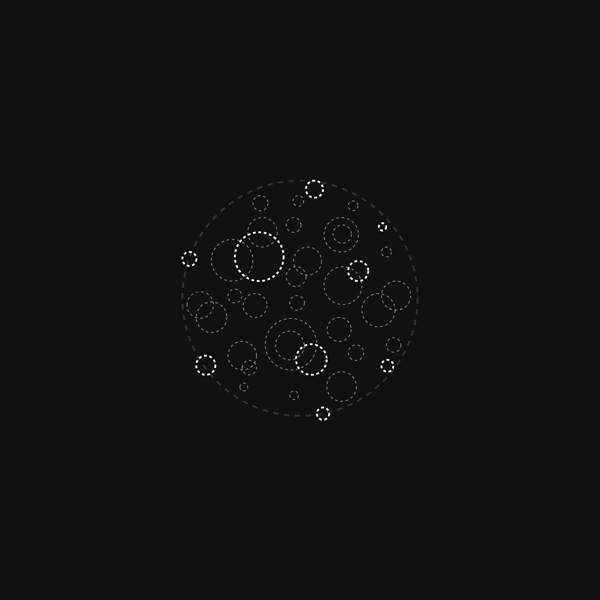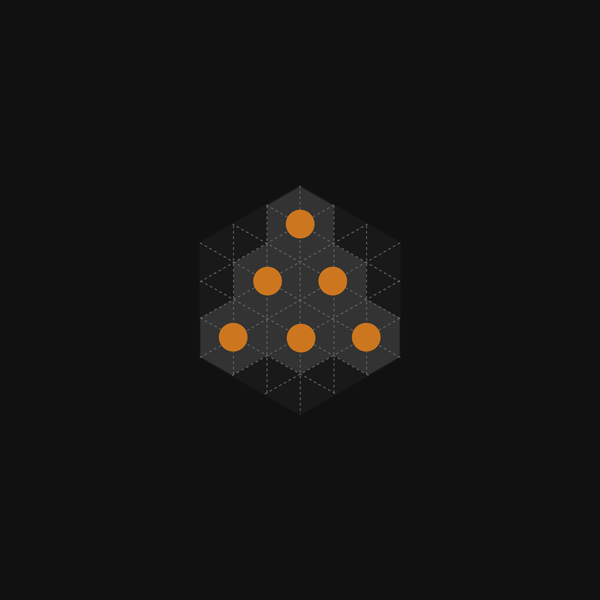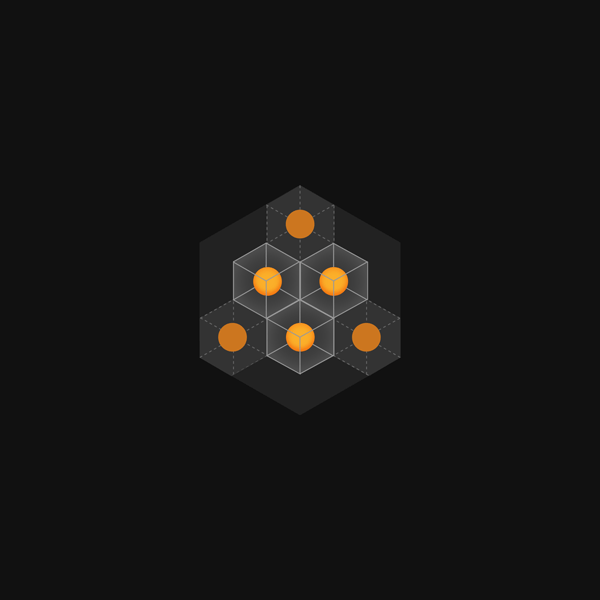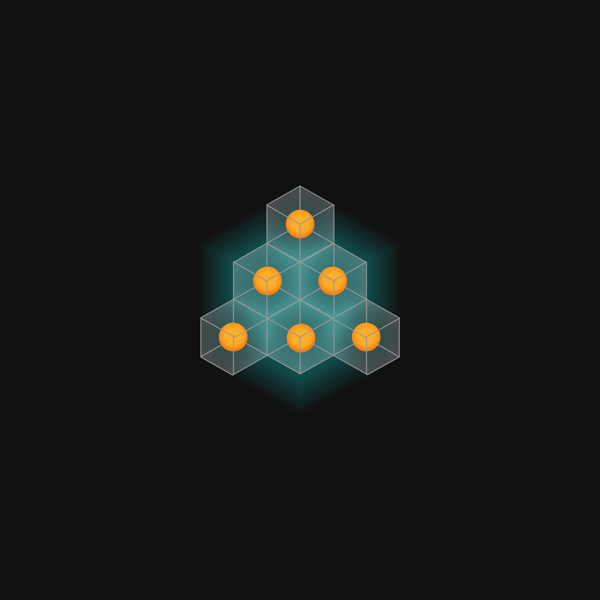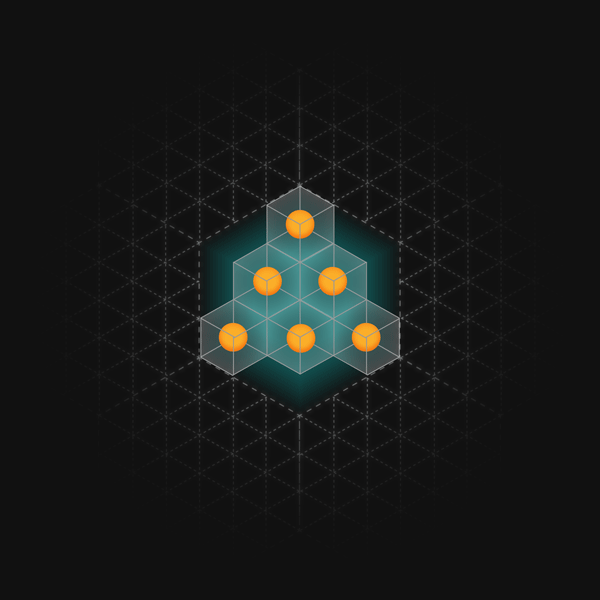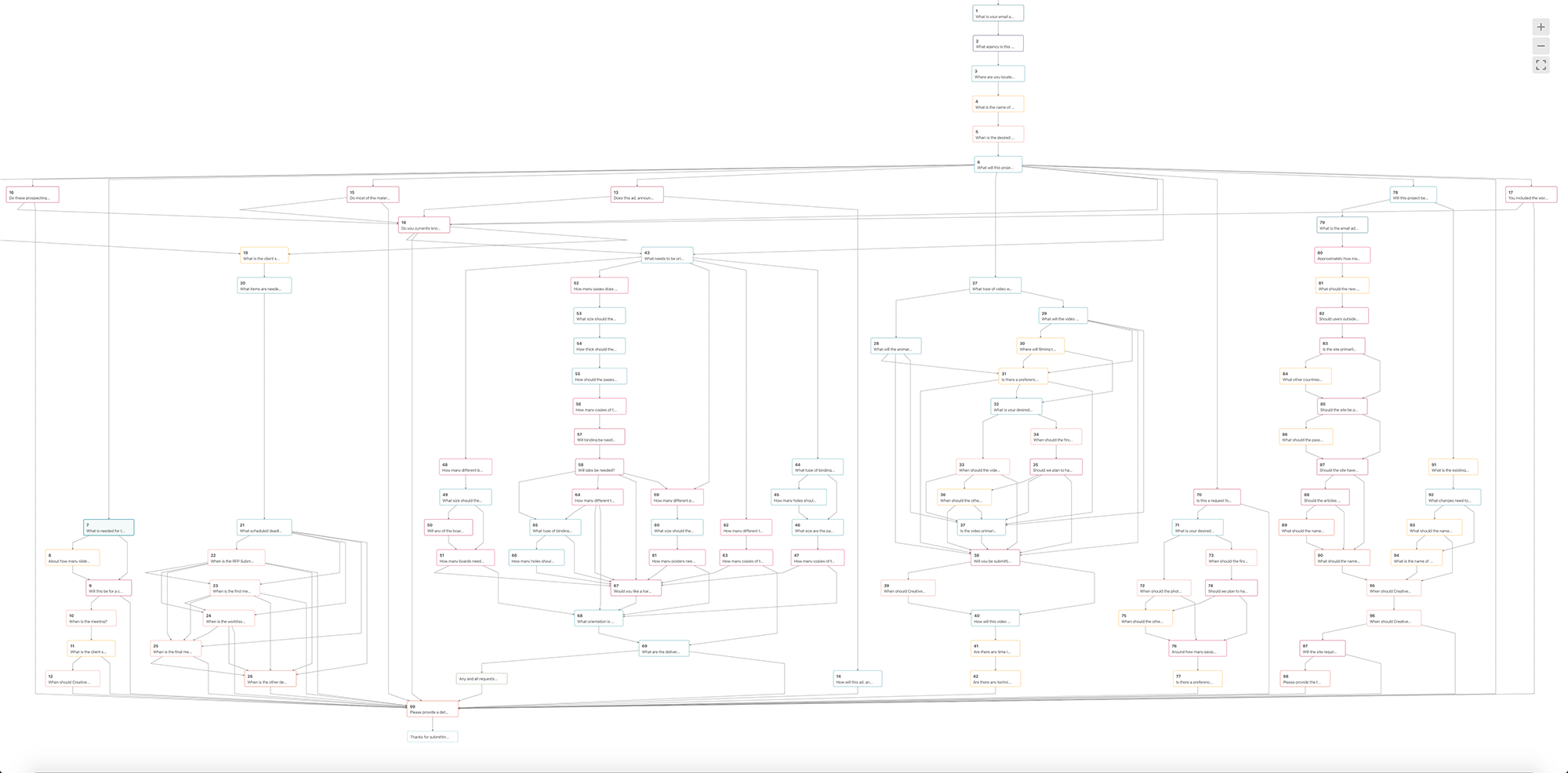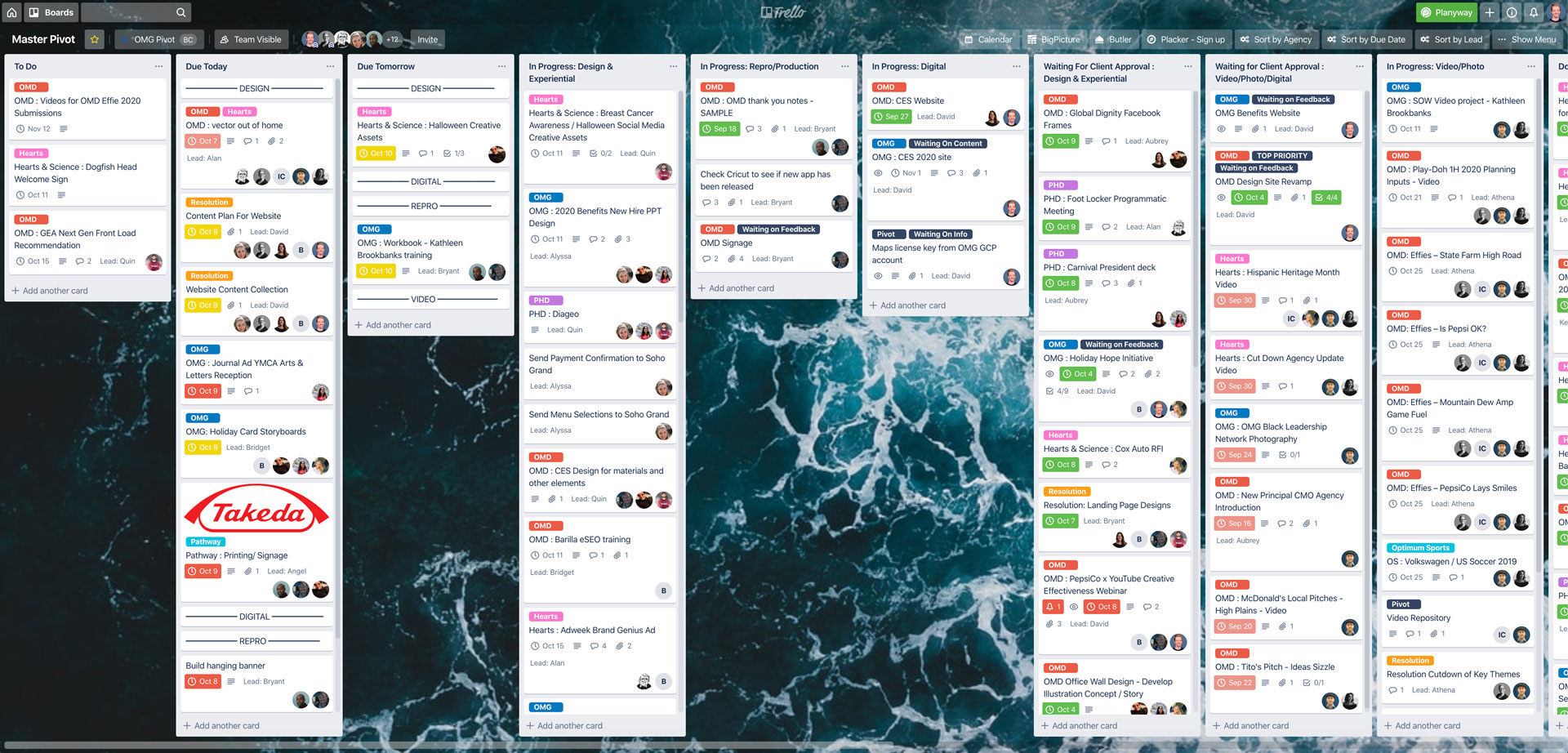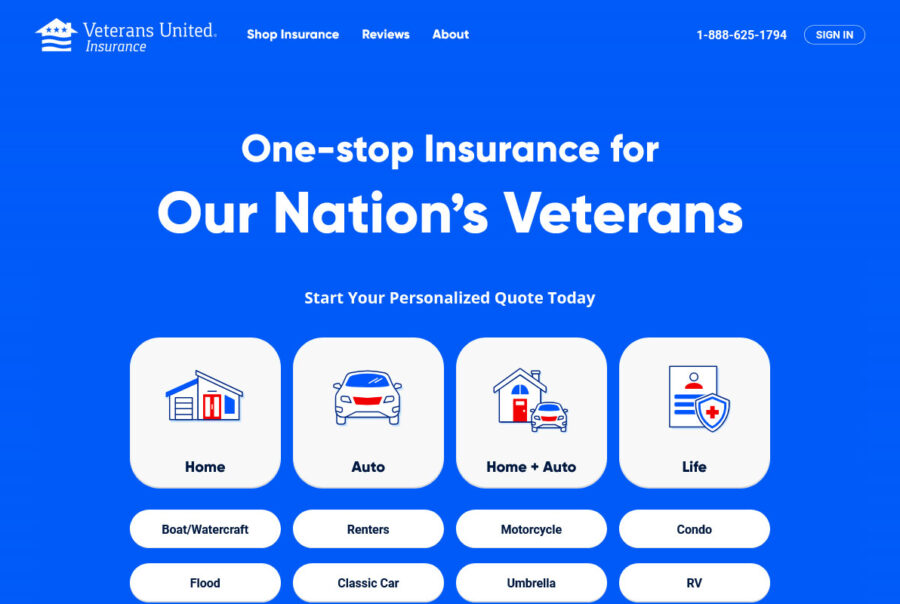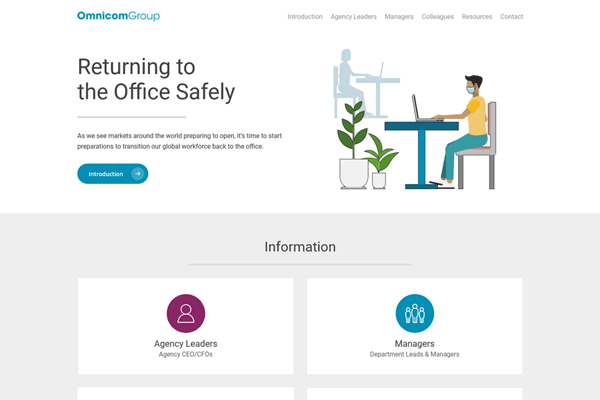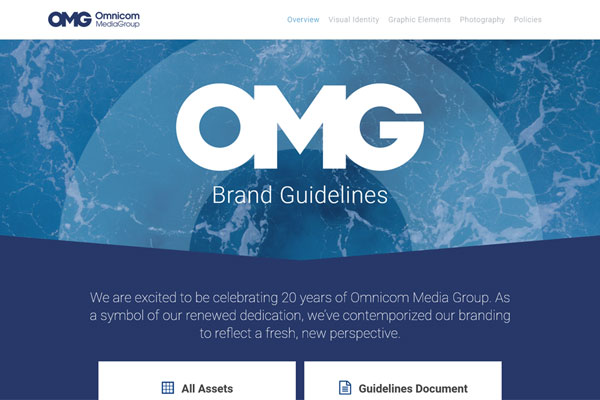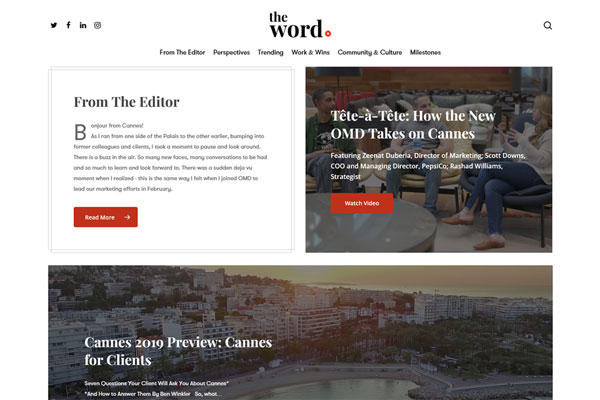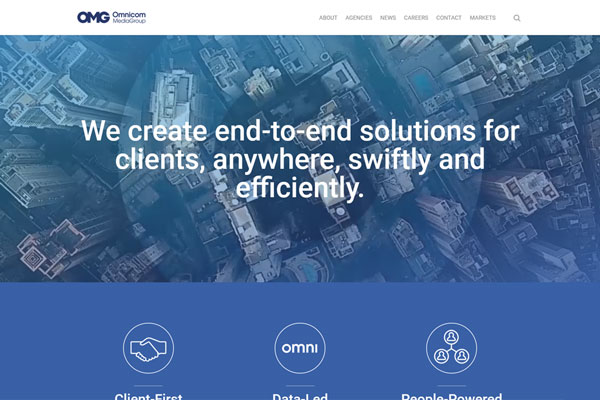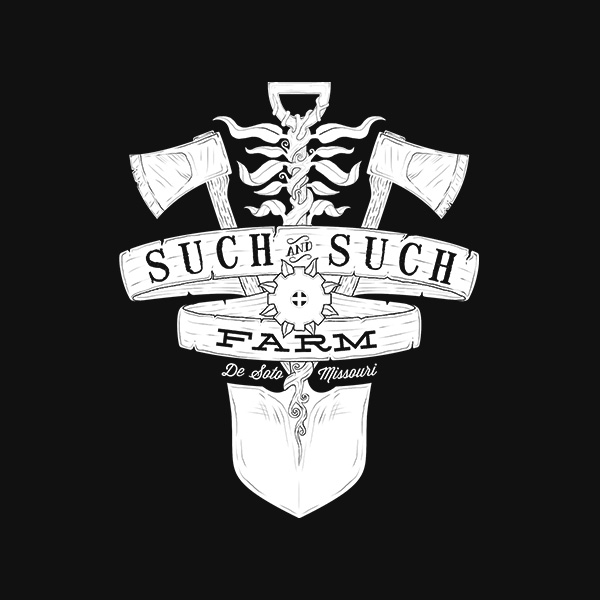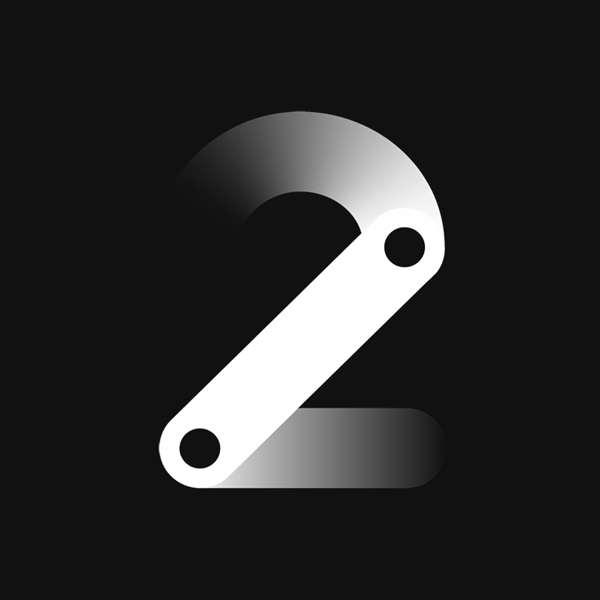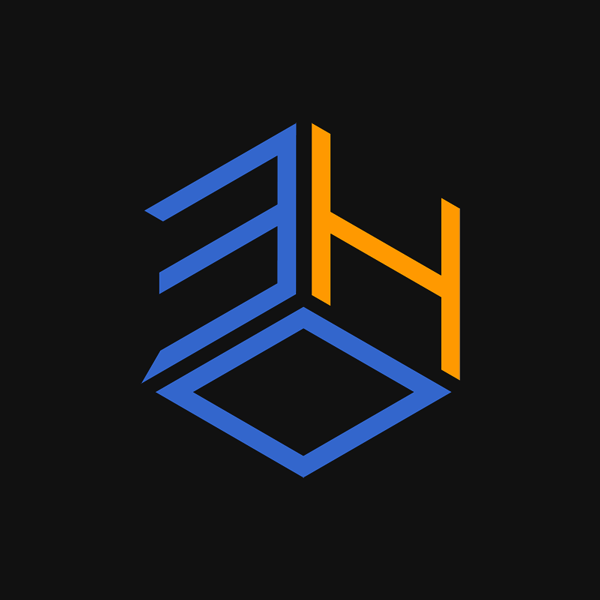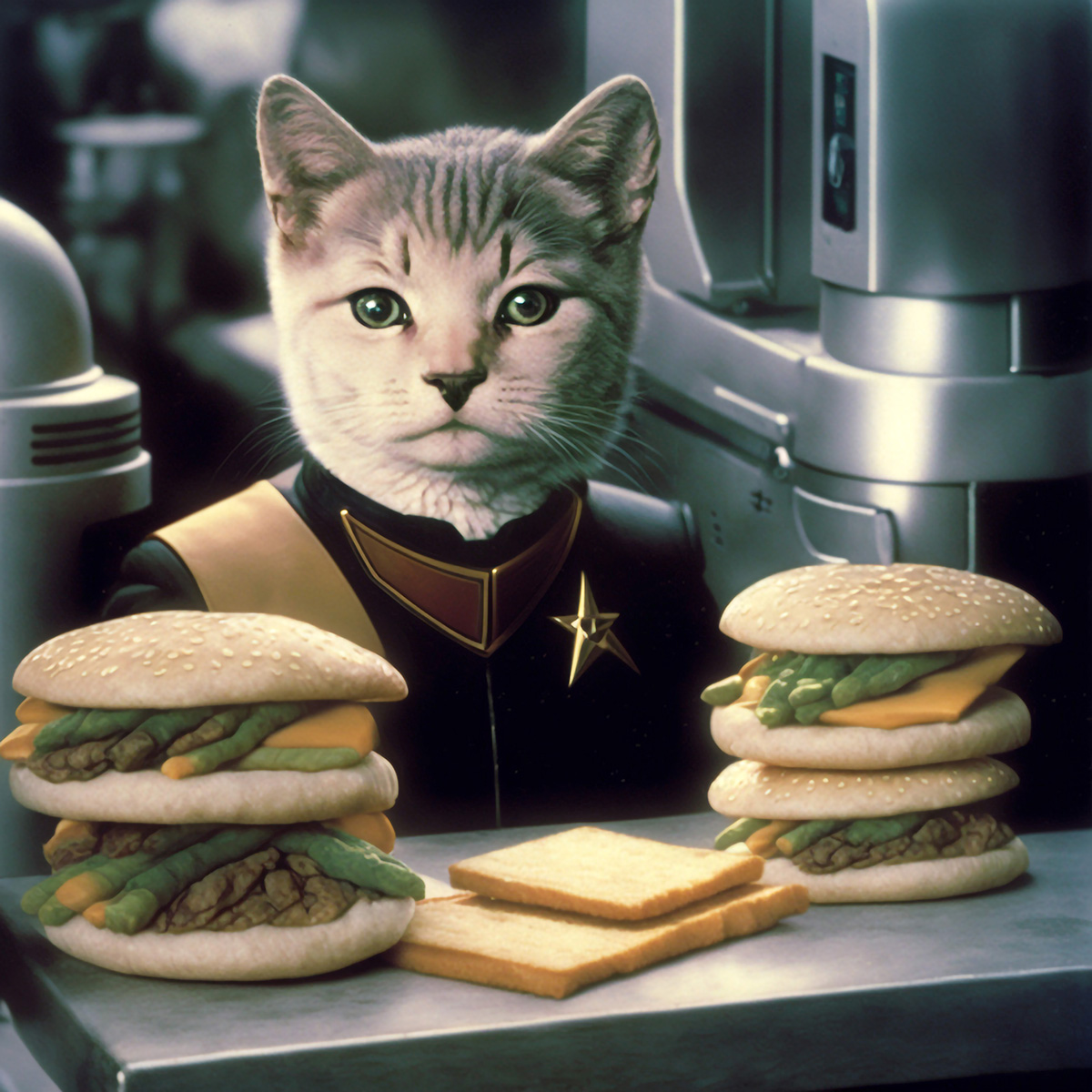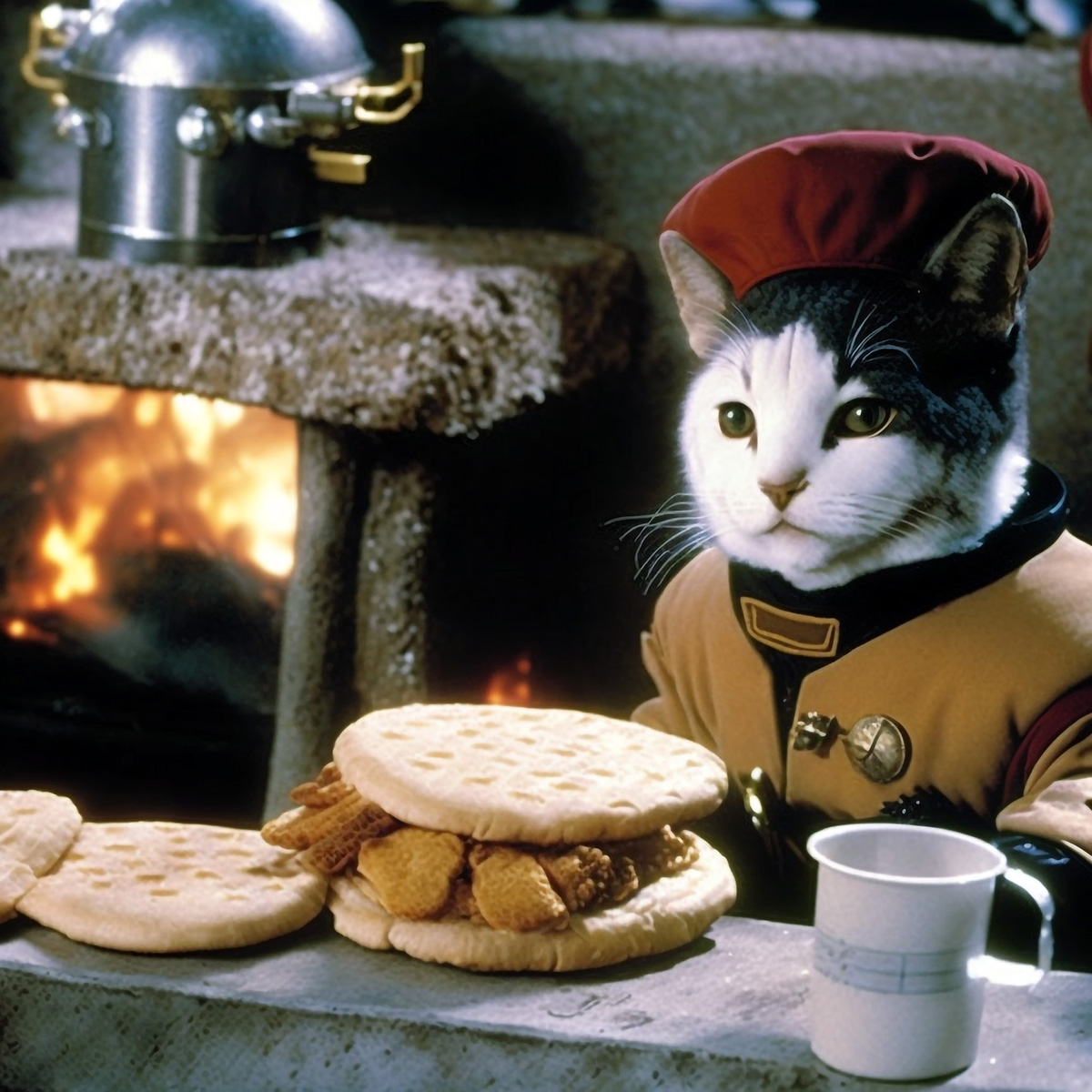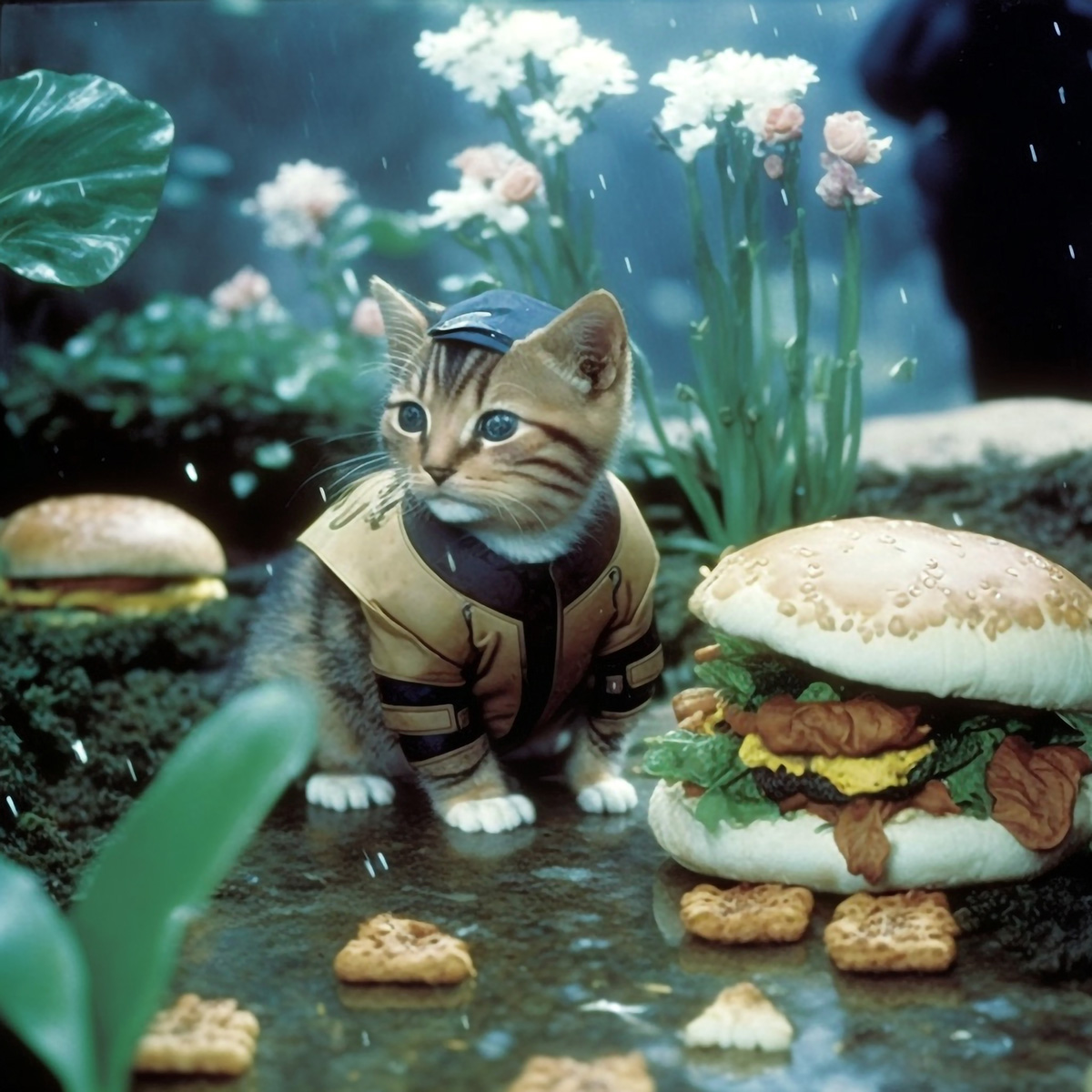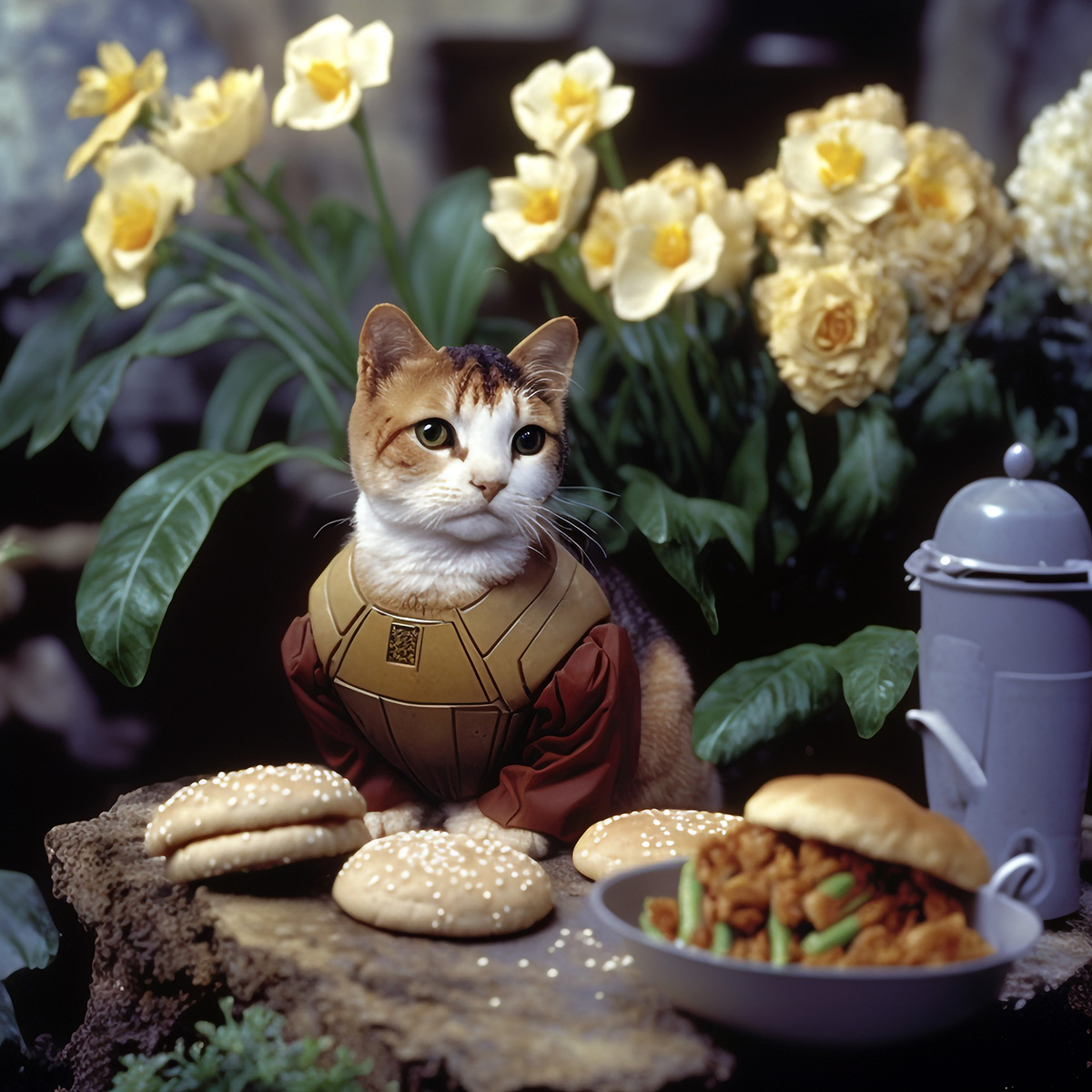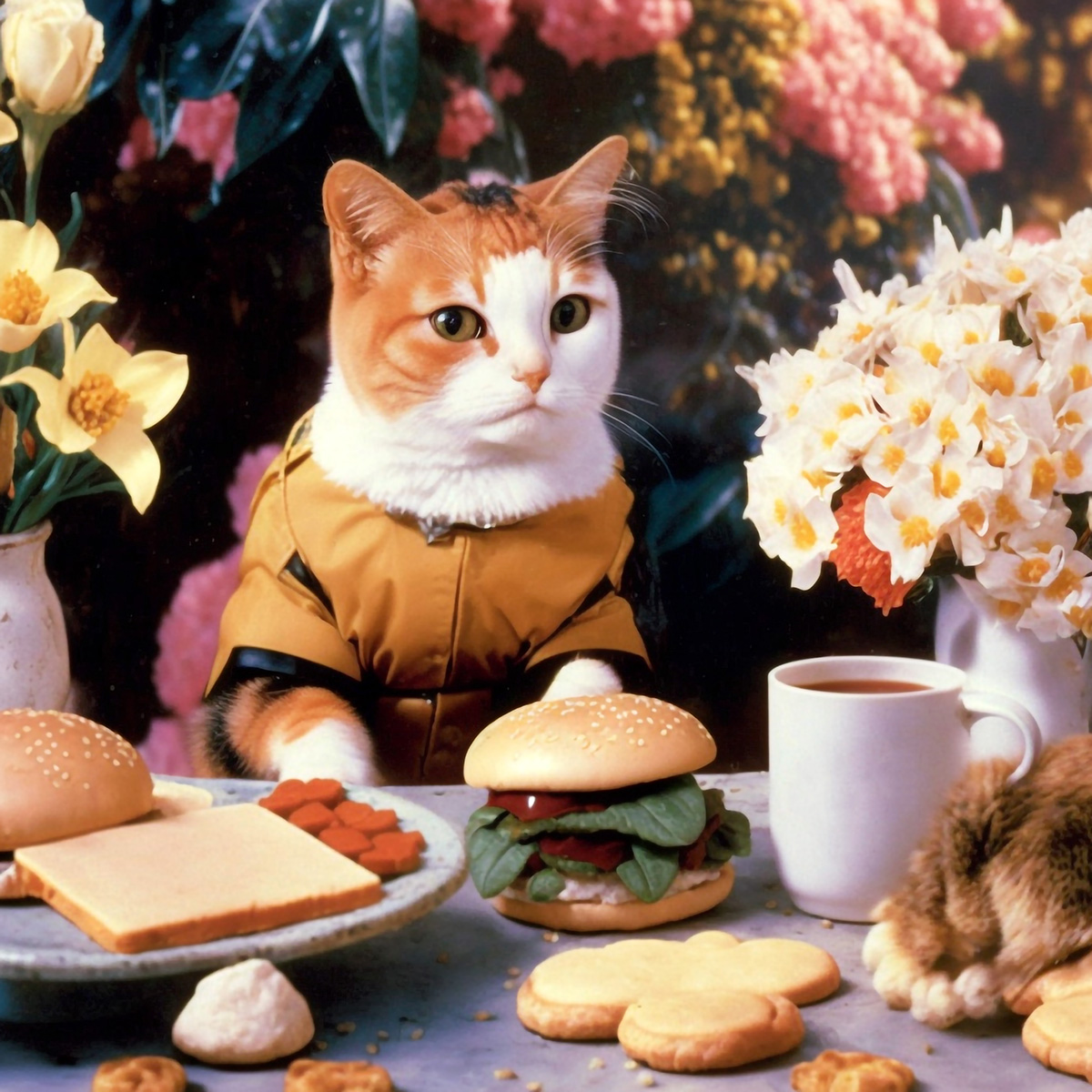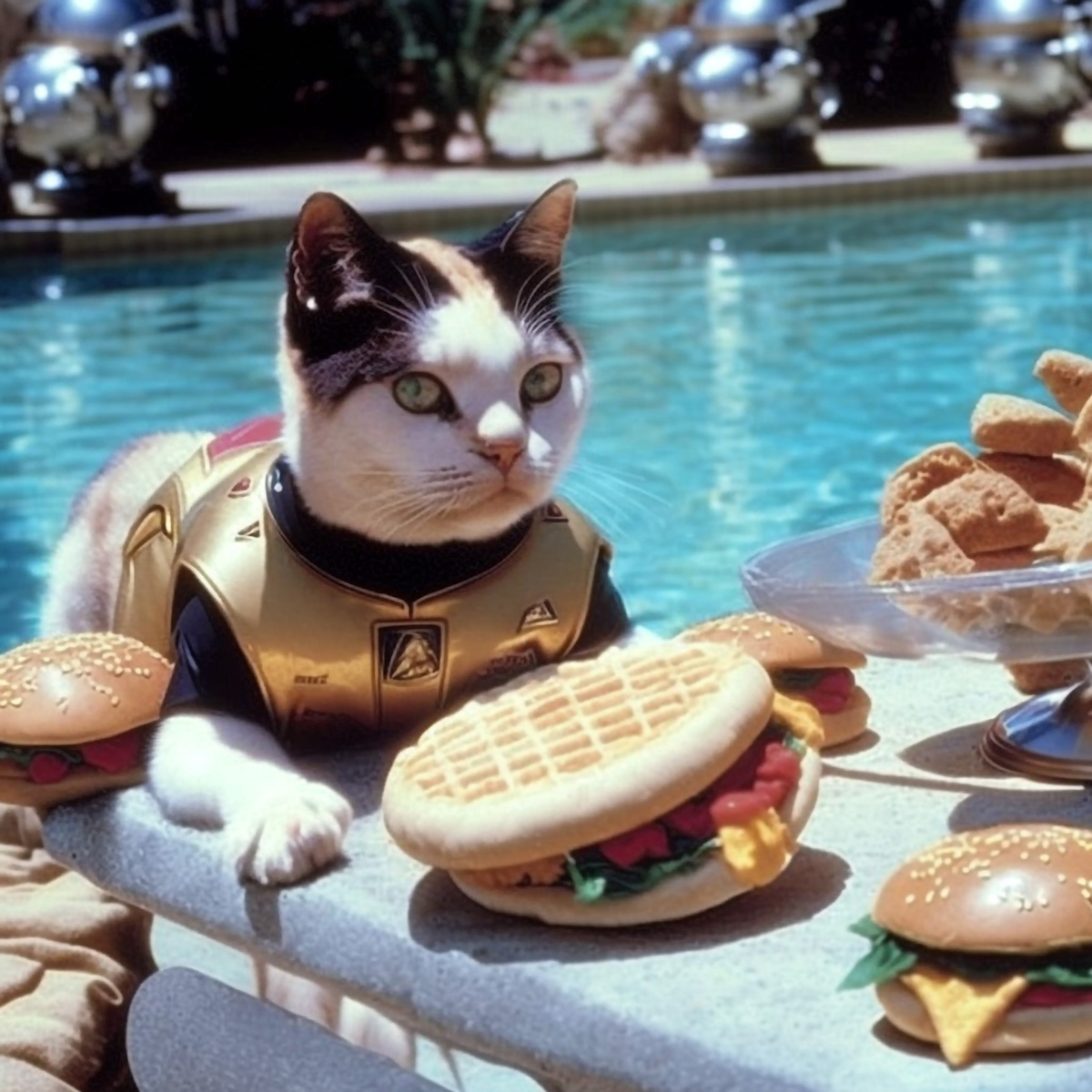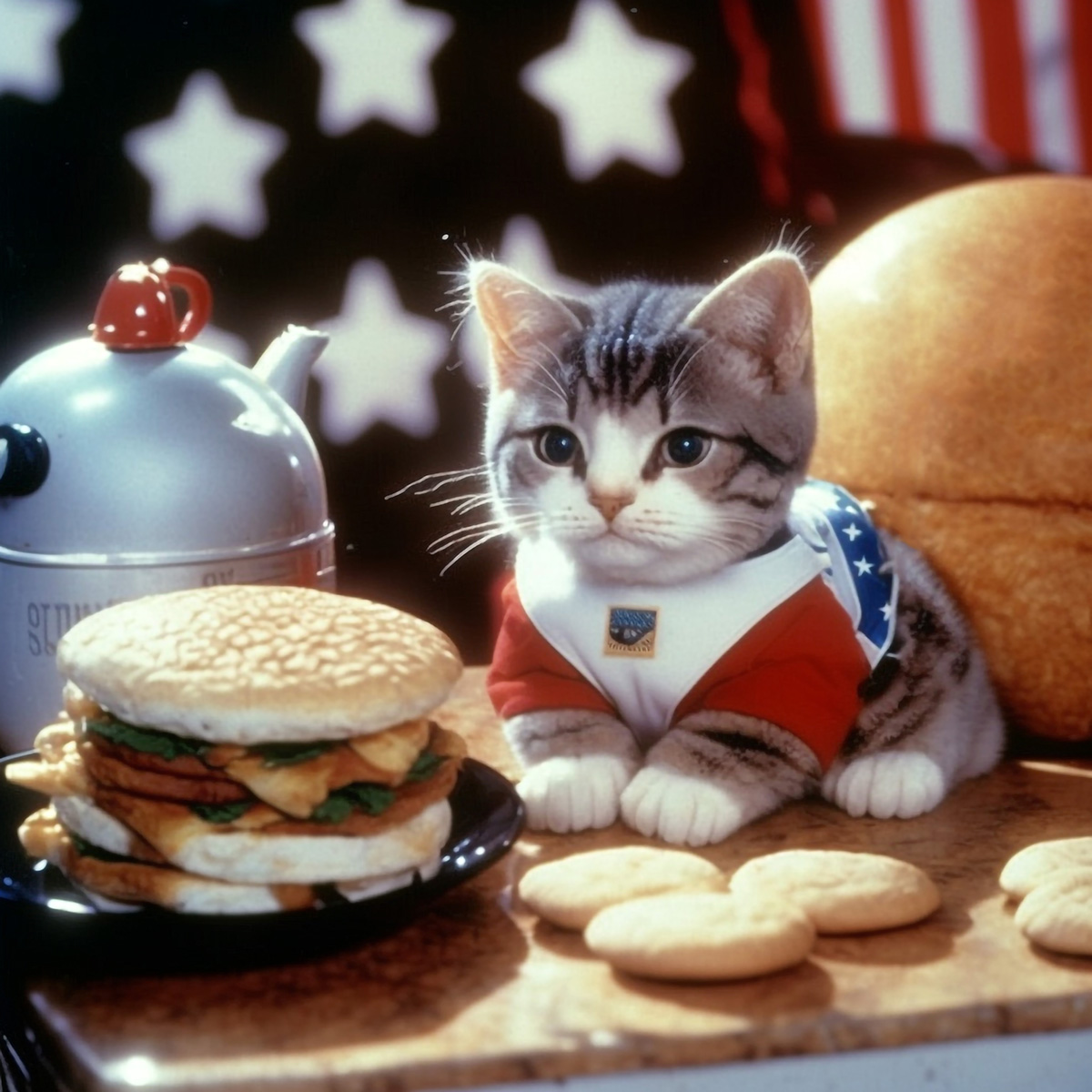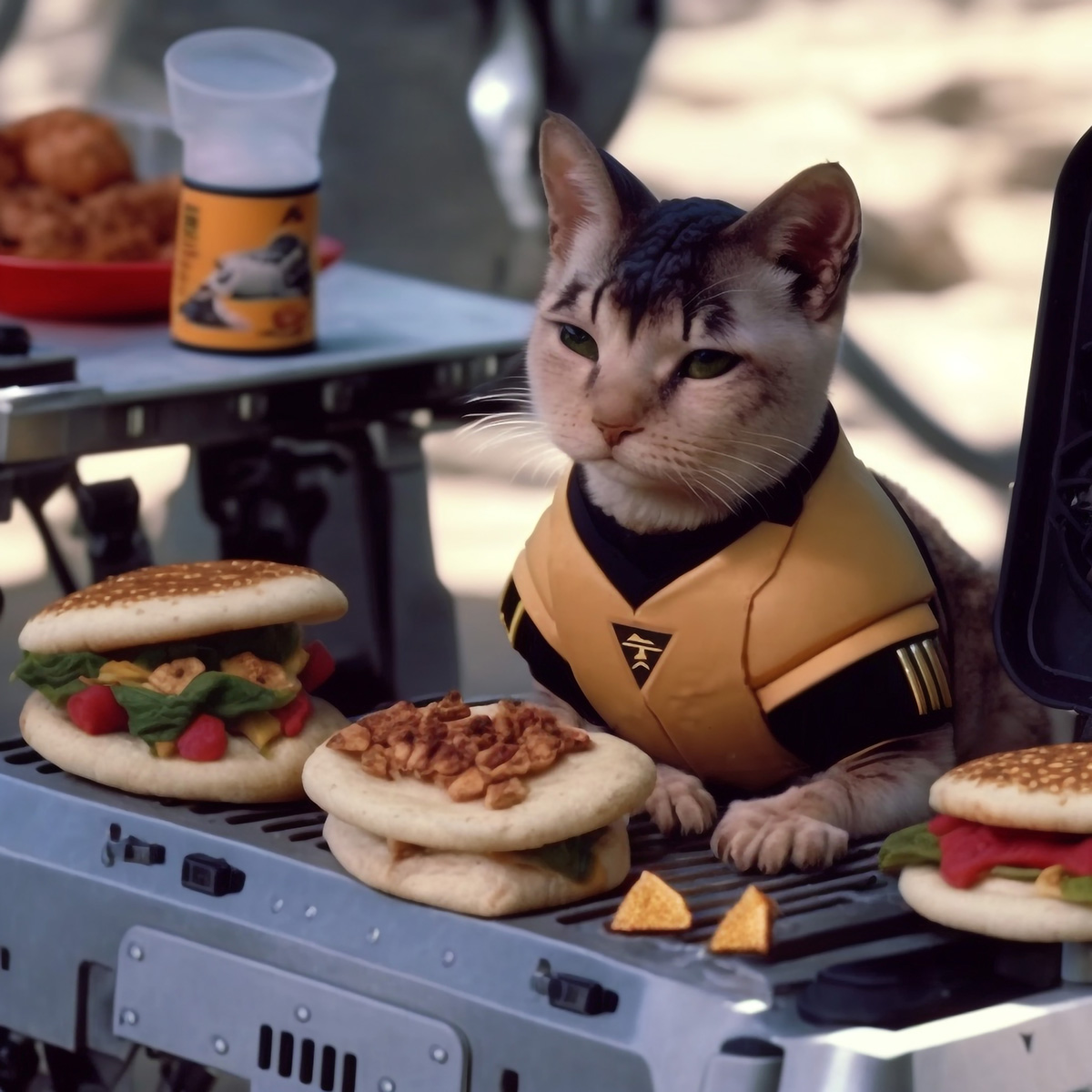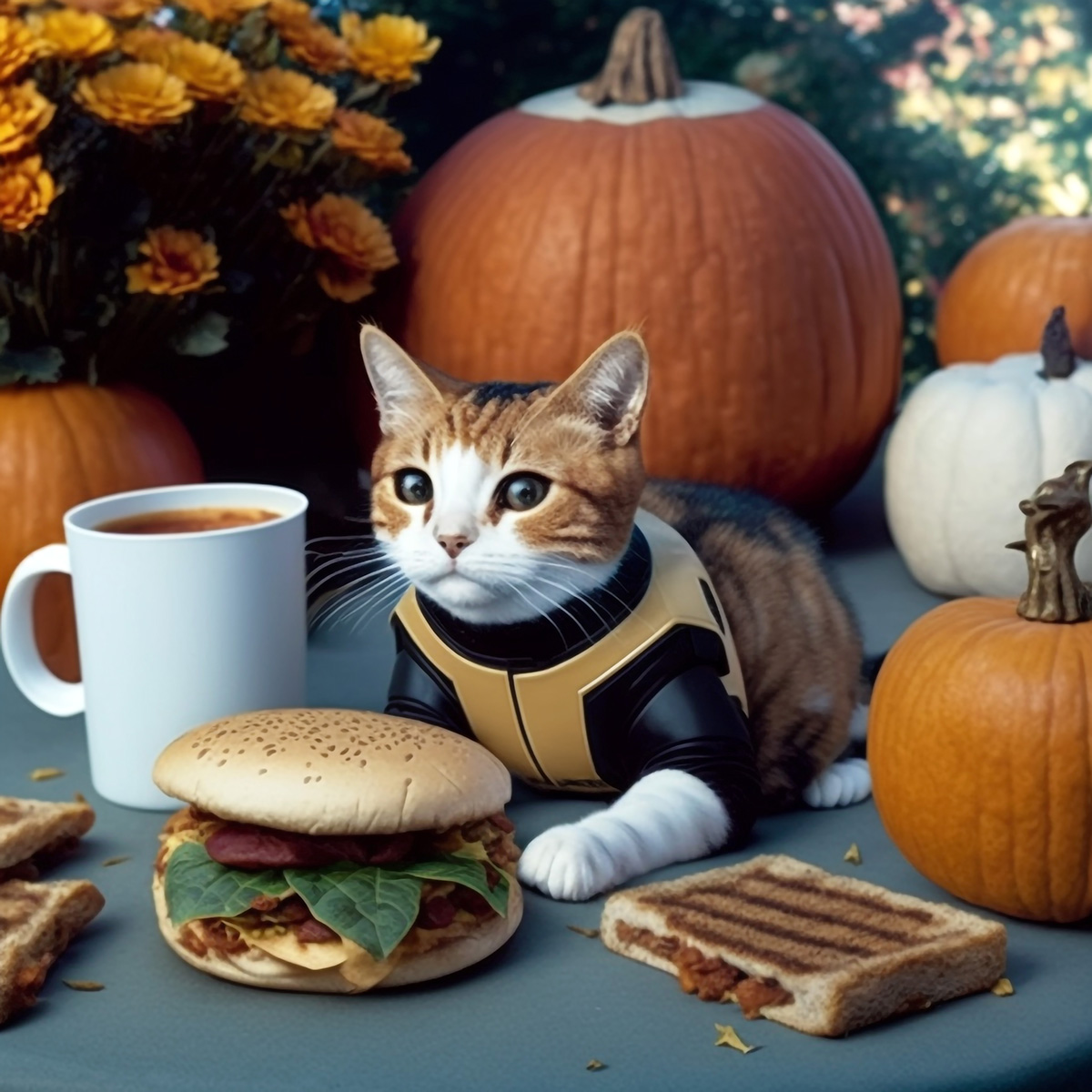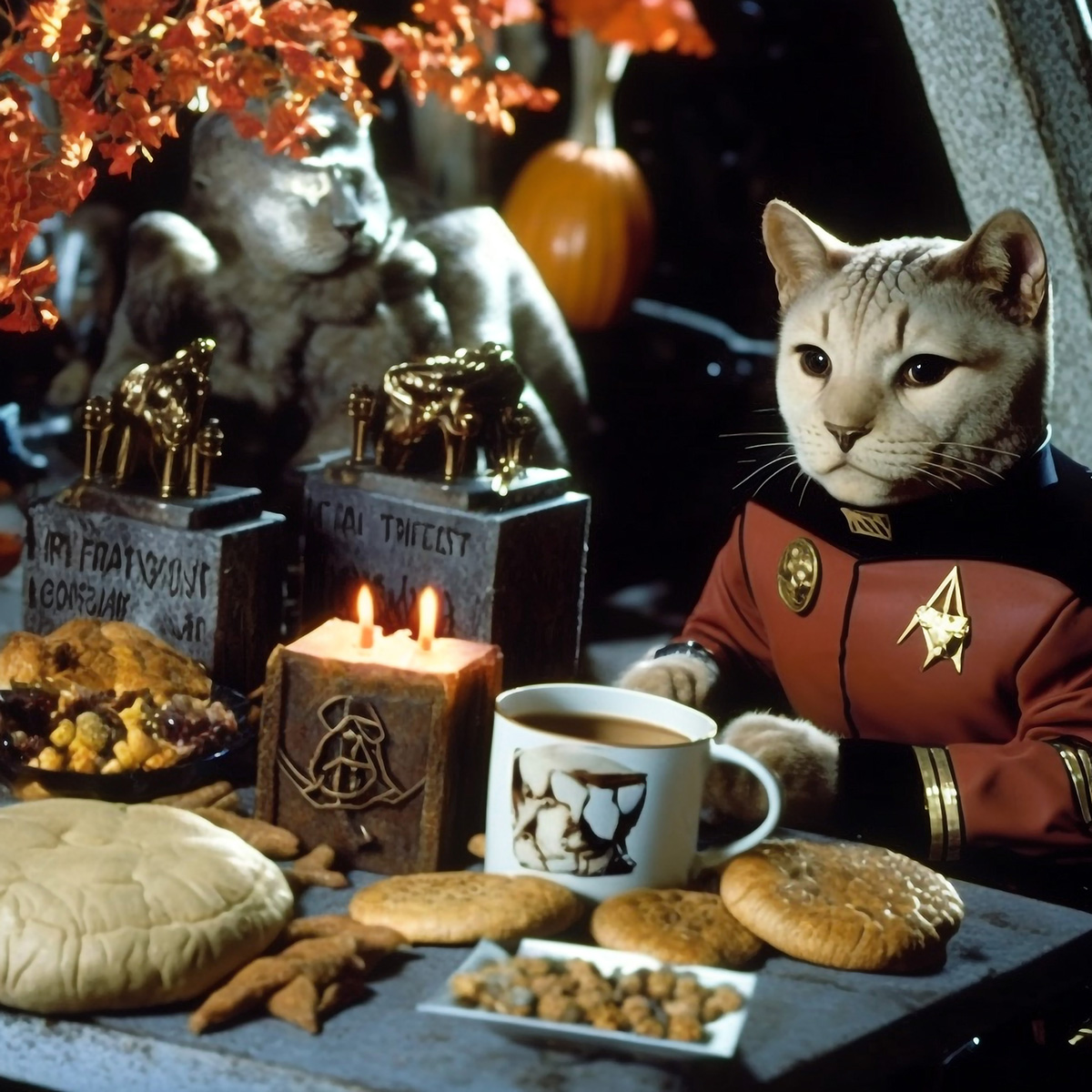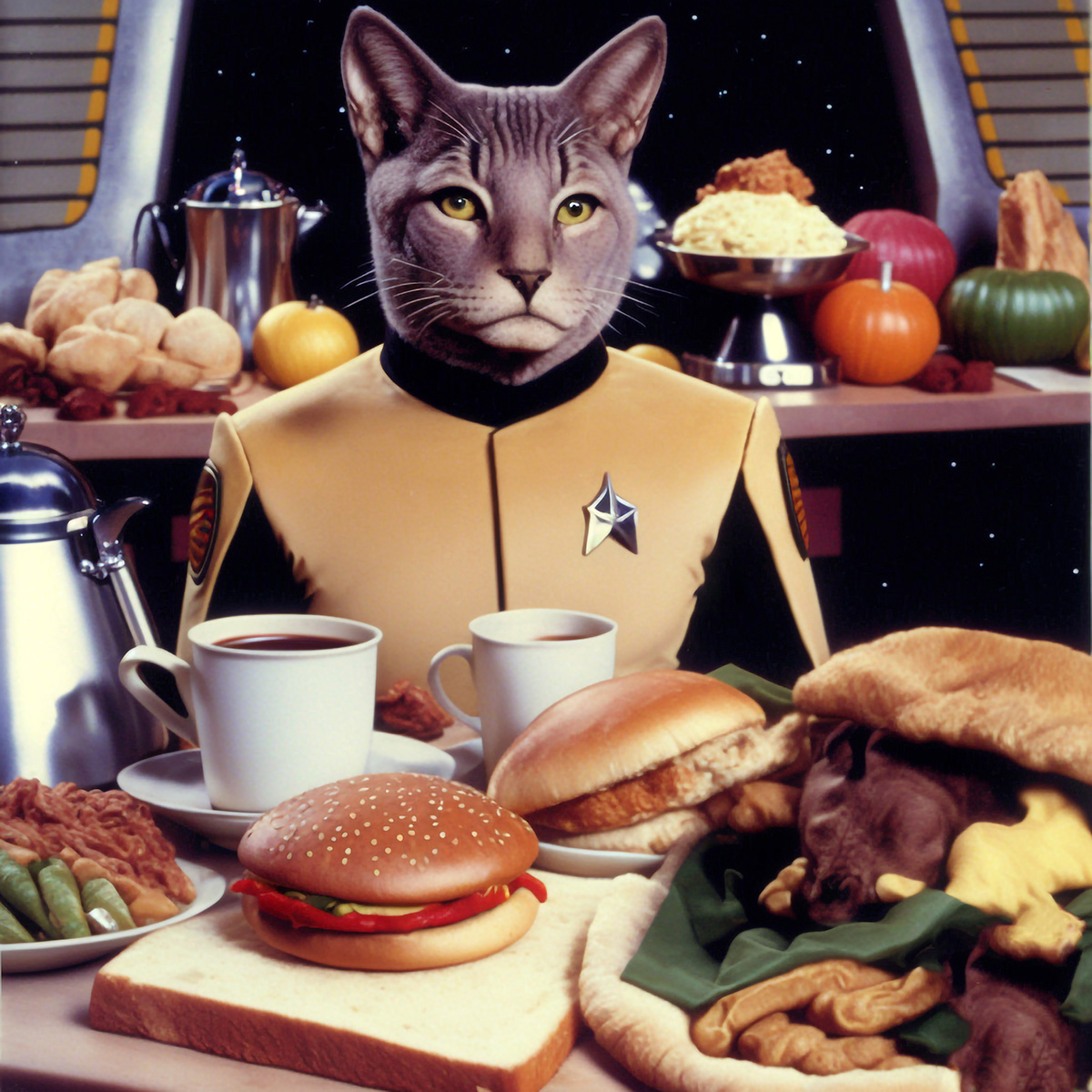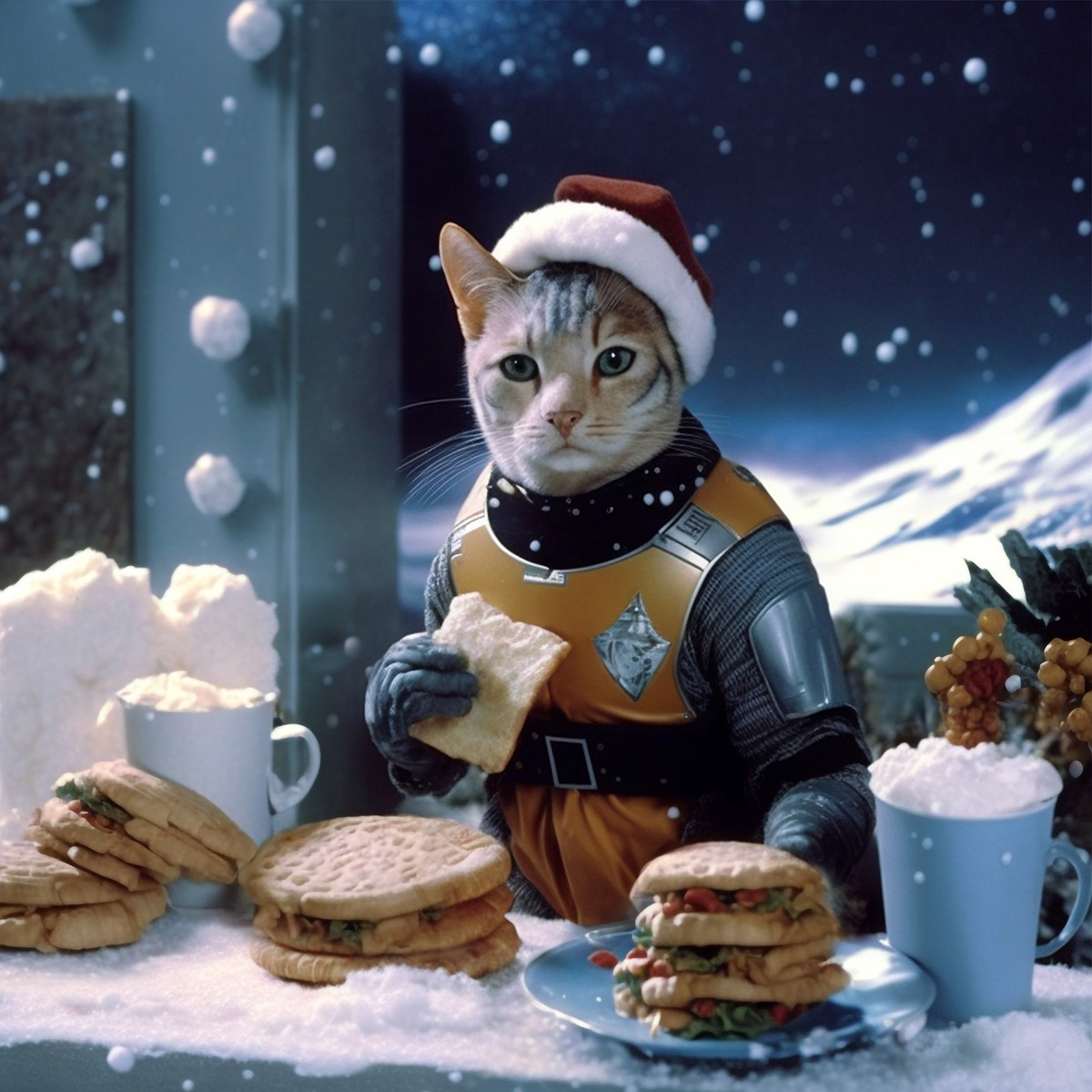If you’re sensitive to gore, don’t watch The Muffin Man.
Warning: this video is extremely gory!
The Muffin Man was a dream project that my friend and I worked on for two years. It was inspired by all the cheesy, ultra-gory horror movies we watched together as teenagers. I was the Sound Supervisor and directed all audio, including the narration, music, sound design, and sound editing. I also made the ‘Muffinomicon’ book and oven effigy props. Last, but certainly not least, I’m the guy whose head is blended up by the Muffin Man.
In 2019 it went on to win Best Short at Filmquest and the Brooklyn Horror Film Festival, Best Killer at Sin City Horror Fest, Best Horror Trailer at Oregon Scream Week, Best International Short at Night of Horror Tienen, and Best of the Fest at the Simply Weird Film Festival.
Intranet sites require a password: my initials + “portfolio” (one word).
© 2022 David Wright-Spaner. All rights reserved. | Privacy Policy
